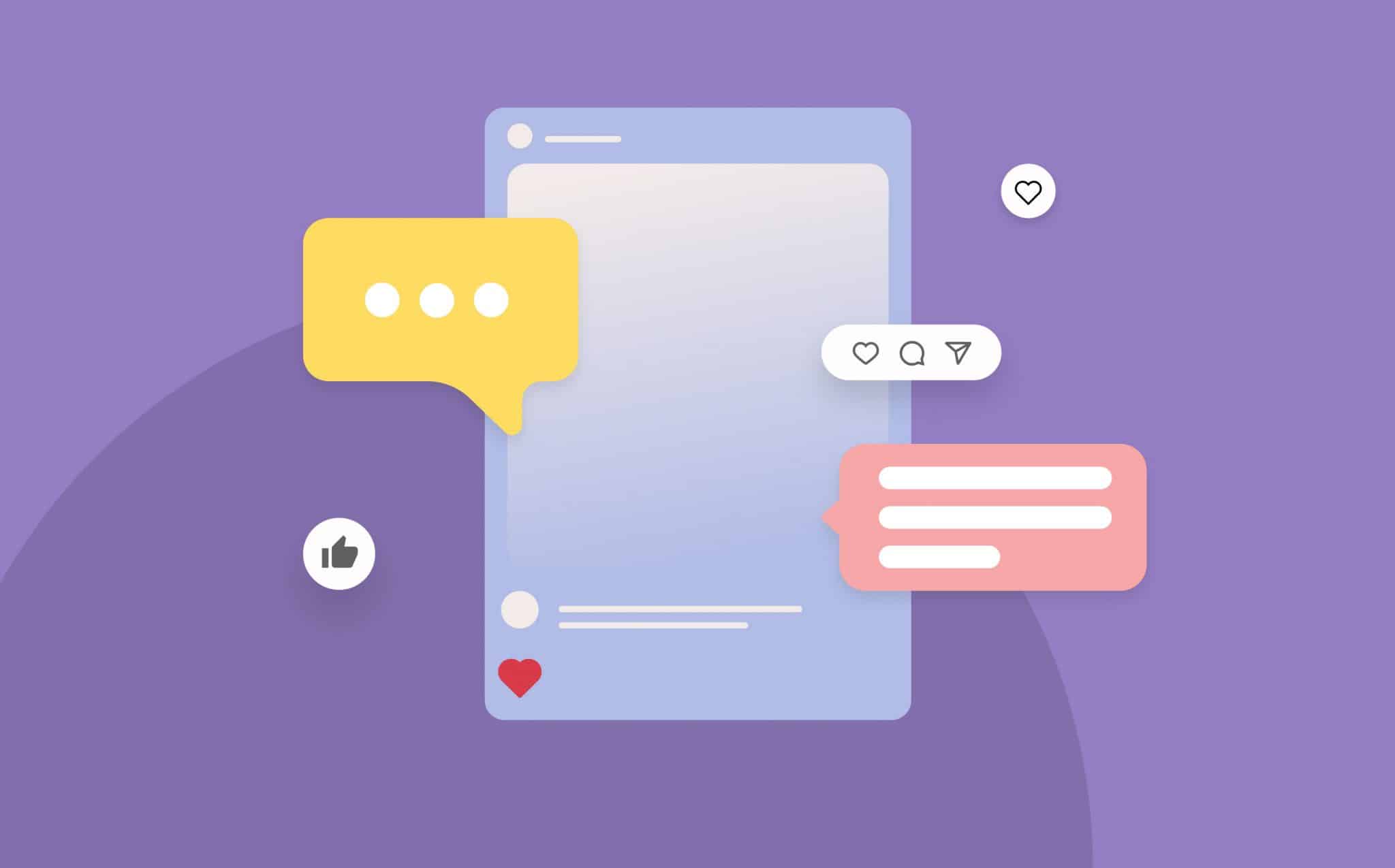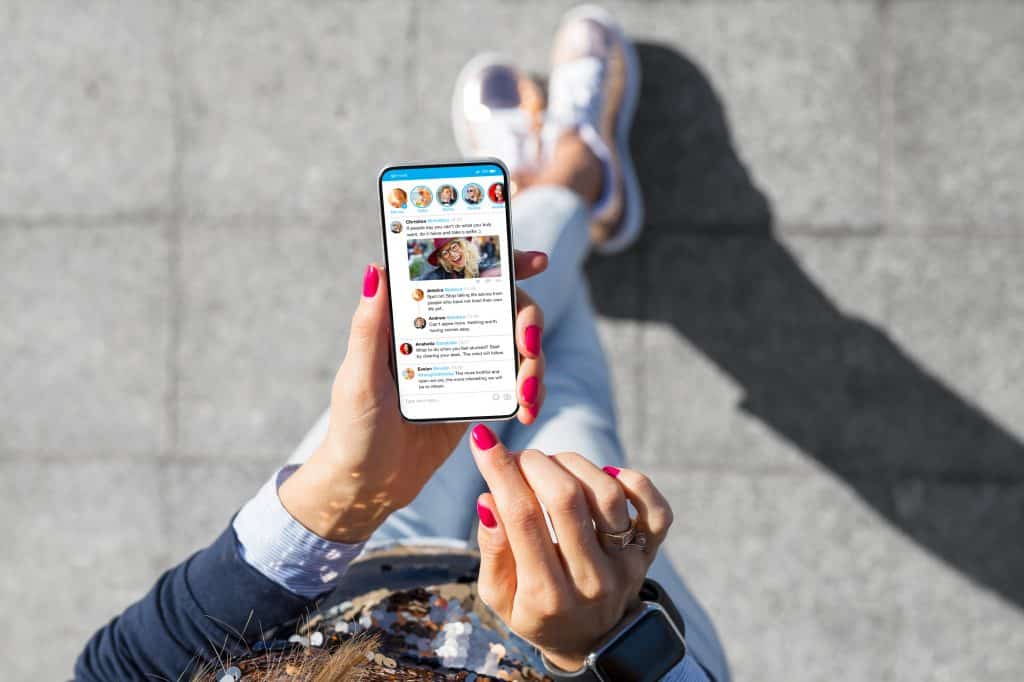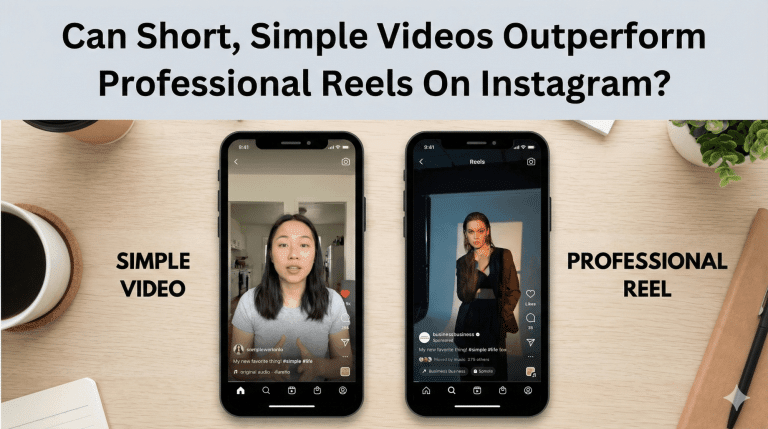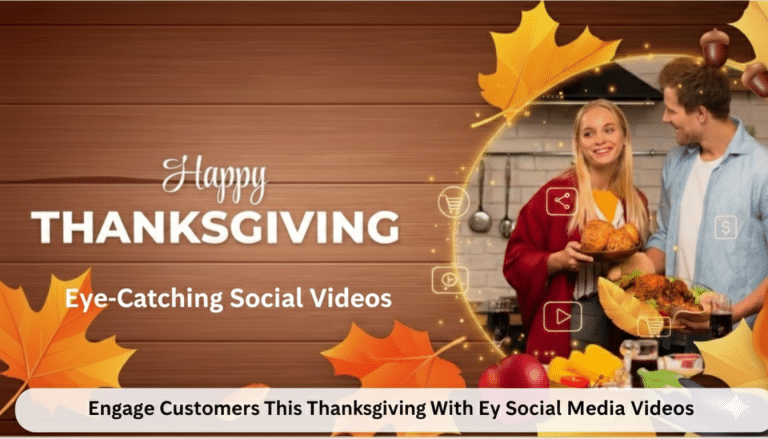
Social Listening: A Guide to Getting Started
Want to stay on the pulse of the newest trends in marketing? Then you’ll definitely want to learn about social listening. Social listening is an emerging marketing practice poised to become a central part of any effective social media strategy. That’s why 63% of social media marketers believe social listening will become more important over the upcoming year.
Essentially a process of tapping into what people are saying online about any given topic, brand, or product, social listening allows you to improve your understanding of your audience, industry, competitors, and target customer and improve your social media and video content accordingly.
Sounds like something worth learning about? We think so, too. That’s why we put together this guide to everything you need to know about social listening, including what it is, what its benefits are, and how to get started with doing it.
What is Social Listening?
Social listening is made up of two things.
“Social” is the where. Social listening happens on social media. Looking at the conversations happening on any number of social platforms you decide you’re interested in monitoring.
“Listening” is the what. The practice is all about listening to what is being said on social media platforms about a company, product, service, brand, and/or industry.
Why? Well, social listening lets you put your finger on the pulse of online conversations, giving you valuable information you can use to improve your business. For example, you might use social listening to do any of the following:
- Figure out what people are saying about the new product you just launched
- Understand public opinion about your brand
- Find out how people view your competitors
- Track down upset customers to address their grievances
- And much more!
The how makes social listening different from just reading through your feeds and inboxes. Social listening is an active process of seeking out what people say about specific topics. Social listening tools allow you to find conversations about your brand, even if people aren’t tagging your handle, or about a specific topic, even if people aren’t using any hashtags.
Although social listening is about much more than finding untagged mentions of your brand. It goes beyond just hearing what people are saying about you to hearing what people say about your whole industry, your competitors, and any relevant topics. This way, you get a full picture of what’s going on.
When? Always. You can set up social listening tools to continually monitor conversations and notify you whenever a specific keyword is mentioned. This way, you’ll never miss something that might be relevant.
The result? You’ll receive significant insights to help your business make better, more strategic marketing decisions.

Benefits of Social Listening
Knowledge is power, making social listening an incredibly powerful tool. Among the many benefits of social listening are that it helps you do the following:
- Understand who your audience is and what they want from you, and in general
- Learn your industry and trends within it
- Understand your competitors, who they are, and what makes them succeed or fail
- Understand how people are responding to your brand, product, and services
- Get feedback directly from customers about what changes they may want to see from you
- Respond to PR issues and offer exceptional customer service
- Find potential new customers
- Make connections to others in your industry for potential collaboration
How Social Listening Works
So how does one practice social listening, exactly? There are three main steps.
1. Monitor
The first step of social listening is to use social listening tools to monitor conversations. You’ll start by choosing keywords to track, such as your brand name, product names, relevant terms from your industry, etc. Your social monitoring tool will allow you to browse conversations that include these keywords. You can also set it up to notify you every time a new mention of a keyword has been made. This will give you access to a wealth of information, some of which will be incredibly valuable to you and some that you will need to filter out and ignore.

2. Analyze
Next, you’ll need to analyze all this information for trends and actionable insights. There are a lot of valuable things you can pull out from all of this data. For example, reading what people say about your brand can give you a sense of the general sentiment they have about you and why. It also might help you locate problems: maybe somebody is complaining about you on Twitter to their followers without tagging you. And looking over conversations about your niche can help you identify all sorts of valuable things, such as problems people might have that you can provide a solution to or trends relevant to your brand that you can discuss or participate in.
3. Respond
Now, it’s time to put what you’ve learned into action. You might choose to do many different things with the insights you gather from social listening, ranging from minor tweaks to sweeping changes. Some of these include:
-
- Finding new hashtags to use to reach audiences who might be interested in you
- Discovering new trends to create content to be seen as a thought leader
- Identifying influencers to partner with
- Figuring out which audience to target in your paid ads
- Responding to people on social media to answer questions, address concerns, or introduce your brand
- Coming up with ideas for videos your audience will want to watch

Social Listening Tips & Tools
To help you execute your social listening strategy to its maximum potential, here are the best tips and tools for you to use.
Tips
Social listening can be compelling, but only when done strategically and thoughtfully. Otherwise, you might become overwhelmed and confused by all the chatter out there. We recommend following these tips to help you get the most out of social listening.
Know your goals. Knowing what you want to achieve with your social listening strategy is essential. Otherwise, you won’t know what to do with the information you gather. Some goals you could choose are:
- Understanding what customers and potential customers think of your brand
- Monitoring your industry for trends and news
- Learning about competitors and what they are doing
- Identifying audiences to target on social media to make better content and videos

Know what you’re looking for. Knowing your goals should help you with the next most important tip: narrowing down what you’re searching for. Because there is a sea of information out there, you need a sense of direction to navigate it. Some of the things you might choose to monitor include mentions of:
- Your brand name
- Your social media handles
- Your product name
- Competitors’ brand names, social media handles, and product names
- Buzzwords from your niche
- Your slogan
- Names of key people at your company
- Your branded hashtags
- Hashtags related to your industry
Be ready to respond quickly. Among other things, social listening helps you find trends and uncover potential PR crises – both items that require you to act fast to respond in time. That’s why an effective social listening strategy must be agile and quick.
Measure results. Is your social listening strategy working? There’s no way to tell if you don’t measure results. Once you know your goals, think of how you will measure and track data to determine the success of your initiatives. For example, if your goal is to do competitor analysis, you may want to follow your market share. If your goal is to make better videos, you might choose to measure your video view counts.
Tools
The monitoring stage of social listening would be challenging to execute manually, requiring you to spend enormous time searching and scanning on social media. That’s why there are tools specifically created to help automate this process. Some of our favorites include:
- Google Alerts – Notable for being one of the only free social listening tools, Google Alerts allows you to track and be notified whenever specific keywords are used in new web pages, newspaper articles, blogs, or scientific research.
- Hootsuite – A social media management platform, Hootsuite offers several social listening features such as monitoring conversations, keywords, mentions, and hashtags and responding to discussions directly from your Hootsuite dashboard.
- Sprout – Sprout’s social listening tools include conversation tracking, keyword monitoring, trend reports, industry insights, competitor analysis, brand health reports, and more.
Keep Your Ears Open and Social Listen
When marketing your small business, the more information you have, the better. Social listening is a technique that can help you get there. Knowledge about your industry, competitors, and brand reputation will help you make more strategic decisions and put out better content on your social media to improve the ROI of your marketing efforts.



